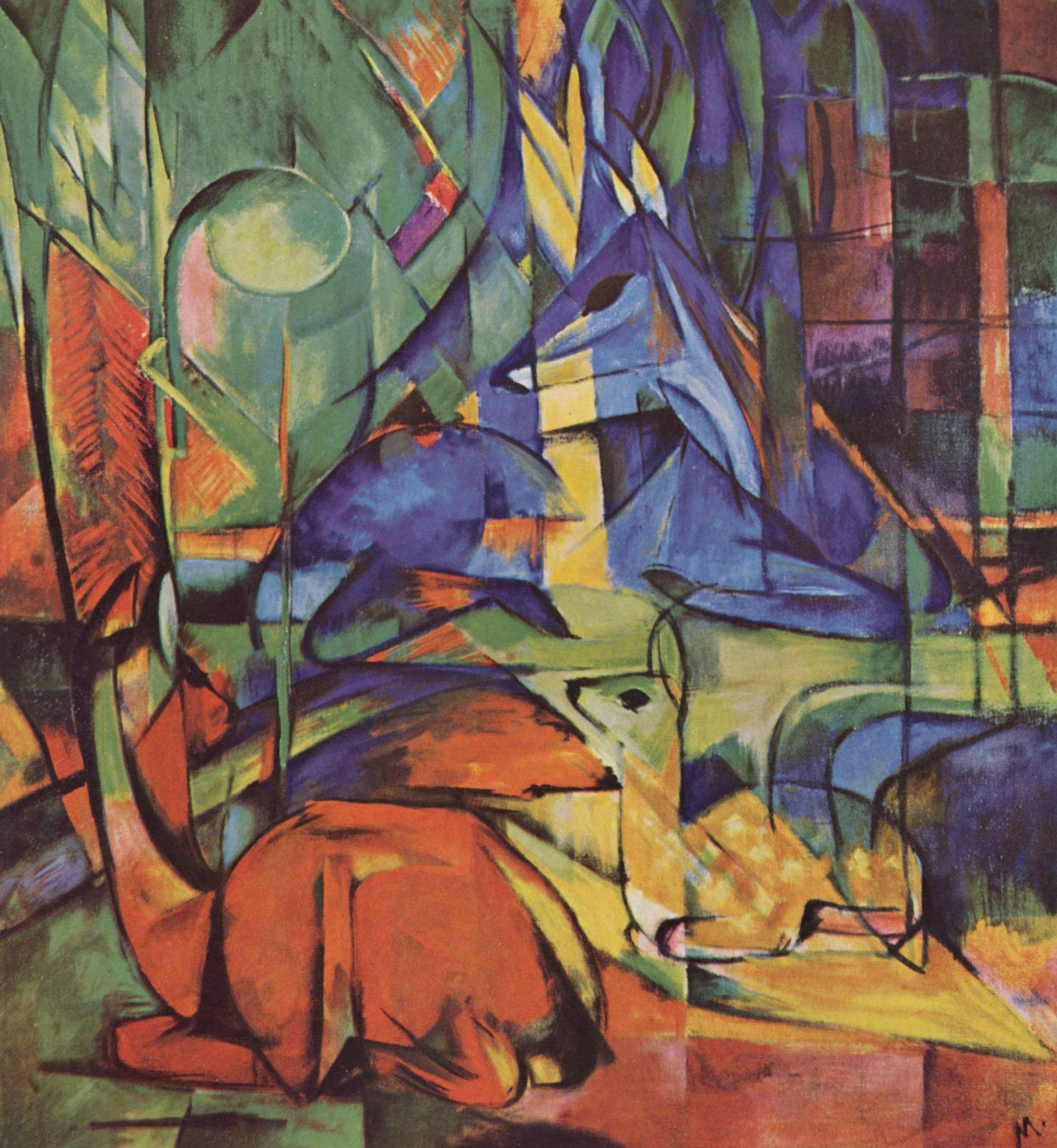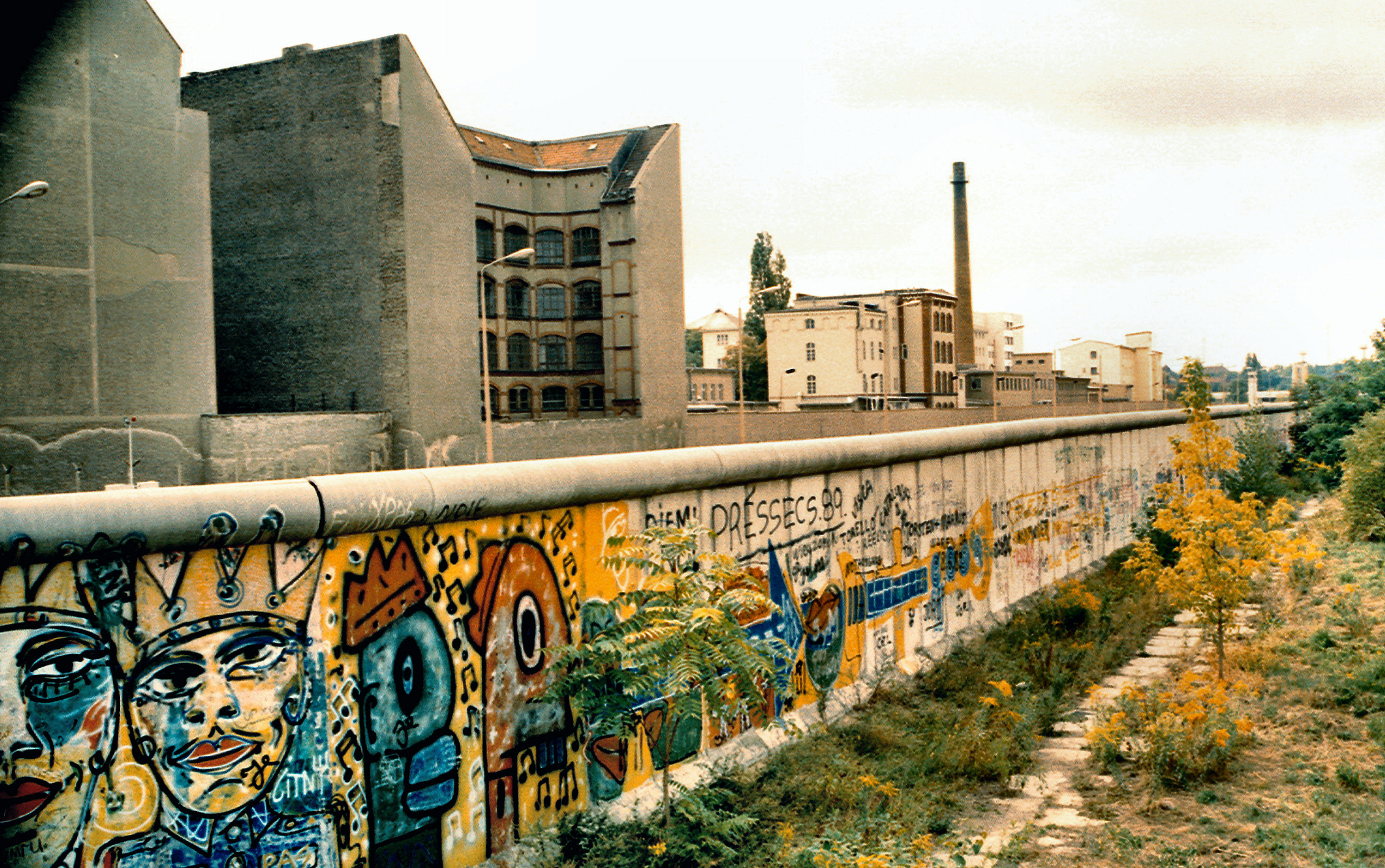|
Café Josty
Café Josty was a Berlin café located on Potsdamer Platz. At the beginning of 2001 a new Café Josty was opened at the Sony Center, not far from its original location; it no longer exists. History Nineteenth Century The Josty brothers immigrated from Sils im Engadin/Segl, Sils in Switzerland to Berlin and founded the pastry bakery ''Zuckerbäckerei Johann Josty & Co.'' in 1796. From this company emerged the Café Josty, starting at least from 1812. First located on "An der Stechbahn", then on the Schlossfreiheit (now the Schlossplatz square), and finally after 1880, on the Potsdamer Platz. The earlier addresses were frequented by artists like Heinrich Heine, Joseph von Eichendorff and the Grimm Brothers—and during the imperial times Theodor Fontane and Adolph von Menzel. In 1900, the Josty family sold the cafe to the widow of the founder of the Café Bauer. The Josty was modernized but retained its original name. Twentieth Century In the twentieth century, the cafe bec ... [...More Info...] [...Related Items...] OR: [Wikipedia] [Google] [Baidu] |
Berlin
Berlin is Capital of Germany, the capital and largest city of Germany, both by area and List of cities in Germany by population, by population. Its more than 3.85 million inhabitants make it the European Union's List of cities in the European Union by population within city limits, most populous city, as measured by population within city limits having gained this status after the United Kingdom's, and thus London's, Brexit, departure from the European Union. Simultaneously, the city is one of the states of Germany, and is the List of German states by area, third smallest state in the country in terms of area. Berlin is surrounded by the state of Brandenburg, and Brandenburg's capital Potsdam is nearby. The urban area of Berlin has a population of over 4.5 million and is therefore the most populous urban area in Germany. The Berlin/Brandenburg Metropolitan Region, Berlin-Brandenburg capital region has around 6.2 million inhabitants and is Germany's second-largest metropolitan reg ... [...More Info...] [...Related Items...] OR: [Wikipedia] [Google] [Baidu] |
Expressionism
Expressionism is a modernist movement, initially in poetry and painting, originating in Northern Europe around the beginning of the 20th century. Its typical trait is to present the world solely from a subjective perspective, distorting it radically for emotional effect in order to evoke moods or ideas. Expressionist artists have sought to express the meaningVictorino Tejera, 1966, pages 85,140, Art and Human Intelligence, Vision Press Limited, London of emotional experience rather than physical reality. Expressionism developed as an avant-garde style before the First World War. It remained popular during the Weimar Republic,Bruce Thompson, University of California, Santa Cruzlecture on Weimar culture/Kafka'a Prague particularly in Berlin. The style extended to a wide range of the arts, including expressionist architecture, painting, literature, theatre, dance, film and music. The term is sometimes suggestive of angst. In a historical sense, much older painters such as ... [...More Info...] [...Related Items...] OR: [Wikipedia] [Google] [Baidu] |
Buildings And Structures In Mitte
A building, or edifice, is an enclosed structure with a roof and walls standing more or less permanently in one place, such as a house or factory (although there's also portable buildings). Buildings come in a variety of sizes, shapes, and functions, and have been adapted throughout history for a wide number of factors, from building materials available, to weather conditions, land prices, ground conditions, specific uses, prestige, and aesthetic reasons. To better understand the term ''building'' compare the list of nonbuilding structures. Buildings serve several societal needs – primarily as shelter from weather, security, living space, privacy, to store belongings, and to comfortably live and work. A building as a shelter represents a physical division of the human habitat (a place of comfort and safety) and the ''outside'' (a place that at times may be harsh and harmful). Ever since the first cave paintings, buildings have also become objects or canvasses of much artistic ... [...More Info...] [...Related Items...] OR: [Wikipedia] [Google] [Baidu] |
Hotel Esplanade (Berlin)
Hotel Esplanade was a Hotel, luxury hotel with 400 rooms, which once stood on Berlin's busy transport and nightlife hub Potsdamer Platz. During its colorful and turbulent history it went from being one of the German capital's most luxurious and celebrated hotels to a bombed-out ruin lost in the wastelands alongside the Berlin Wall. A section of it still survives today, albeit as a fragment incorporated into the soaring modern complex of the Sony Center. Wilhelm II, German Emperor, Wilhelm II is said to have spent many evenings at the hotel entertaining guests, although no women were allowed at these dining parties. The hotel was visited in the 1920s by movie stars such as Charlie Chaplin and Greta Garbo. Construction and design The hotel was built between 1907 and 1908 by the Fürstengruppe (Hohenlohe, Fürstenberg und Henckel von Donnersmarck) in accordance with the plans of Otto Rehnig, architect of the nearby and similarly fated Hotel Excelsior. When it opened in 1908 the co ... [...More Info...] [...Related Items...] OR: [Wikipedia] [Google] [Baidu] |
Curt Bois
Curt Bois (born Kurt Boas; April 5, 1901 – December 25, 1991) was a German actor with a career spanning over 80 years. He is best remembered for his performances as the pickpocket in '' Casablanca'' (1942) and the poet Homer in '' Wings of Desire'' (1987). Life and career Bois was born to a German Jewish family in Berlin and began acting in 1907, becoming one of the film world's first child actors, with a role in the silent movie ''Bauernhaus und Grafenschloß''. In 1909, he played the title role in ''Der Kleine Detektiv'' ('The Little Detective'). Bois performed in theatre, cabaret, musicals, silent films, and "talkies" over his long acting career. He performed under Max Reinhardt and found success in 1928 in a Viennese stage production of " Charley's Aunt" at the Josefstadt Theater. He was a successful character comic, and for a while film studios tried to make him into a "German Harold Lloyd". In 1934, institutionalized Anti-Semitism forced the Jewish Bois to leave ... [...More Info...] [...Related Items...] OR: [Wikipedia] [Google] [Baidu] |
Wings Of Desire
''Wings of Desire'' (, ; ) is a 1987 romantic fantasy film written by Wim Wenders, Peter Handke and Richard Reitinger, and directed by Wenders. The film is about invisible, immortal angels who populate Berlin and listen to the thoughts of its human inhabitants, comforting the distressed. Even though the city is densely populated, many of the people are isolated or estranged from their loved ones. One of the angels, played by Bruno Ganz, falls in love with a beautiful, lonely trapeze artist, played by Solveig Dommartin. The angel chooses to become mortal so that he can experience human sensory pleasures, ranging from enjoying food to touching a loved one, and so that he can discover human love with the trapeze artist. Inspired by art depicting angels visible around West Berlin, at the time encircled by the Berlin Wall, Wenders and author Peter Handke conceived of the story and continued to develop the screenplay throughout the French and German co-production. The film was shot ... [...More Info...] [...Related Items...] OR: [Wikipedia] [Google] [Baidu] |
Wim Wenders
Ernst Wilhelm "Wim" Wenders (; born 14 August 1945) is a German filmmaker, playwright, author, and photographer. He is a major figure in New German Cinema. Among many honors, he has received three nominations for the Academy Award for Best Documentary Feature: for '' Buena Vista Social Club'' (1999), about Cuban music culture; '' Pina'' (2011), about the contemporary dance choreographer Pina Bausch; and '' The Salt of the Earth'' (2014), about Brazilian photographer Sebastião Salgado. One of Wenders's earliest honors was a win for the BAFTA Award for Best Direction for his narrative drama '' Paris, Texas'' (1984), which also won the Palme d'Or at the 1984 Cannes Film Festival. Many of his subsequent films have also been recognized at Cannes, including '' Wings of Desire'' (1987), for which he won the Best Director Award at the 1987 Cannes Film Festival. Wenders has been the president of the European Film Academy in Berlin since 1996. Alongside filmmaking, he is an acti ... [...More Info...] [...Related Items...] OR: [Wikipedia] [Google] [Baidu] |
World War II
World War II or the Second World War, often abbreviated as WWII or WW2, was a world war that lasted from 1939 to 1945. It involved the World War II by country, vast majority of the world's countries—including all of the great powers—forming two opposing military alliances: the Allies of World War II, Allies and the Axis powers. World War II was a total war that directly involved more than 100 million Military personnel, personnel from more than 30 countries. The major participants in the war threw their entire economic, industrial, and scientific capabilities behind the war effort, blurring the distinction between civilian and military resources. Air warfare of World War II, Aircraft played a major role in the conflict, enabling the strategic bombing of population centres and deploying the Atomic bombings of Hiroshima and Nagasaki, only two nuclear weapons ever used in war. World War II was by far the List of wars by death toll, deadliest conflict in hu ... [...More Info...] [...Related Items...] OR: [Wikipedia] [Google] [Baidu] |
Emil Und Die Detektive
''Emil and the Detectives'' () is a 1929 novel set mainly in Berlin, by the German writer Erich Kästner and illustrated by Walter Trier. It was Kästner's first major success and the only one of his pre-1945 works to escape Nazi censorship. The book was immediately popular and the original version sold an initial two million copies. First published in English in 1931, it has never been out of print and has been translated into at least 59 languages. It is Kästner's best-known work. Compared with similar literature at the time, its most unusual aspect was its realistic setting in a contemporary Berlin peopled with some fairly rough characters, not in a sanitized fantasy world; also that it refrained from obvious moralizing, letting the characters' deeds speak for themselves. Emil was the first name First or 1st is the ordinal form of the number one (#1). First or 1st may also refer to: *World record, specifically the first instance of a particular achievement Arts and medi ... [...More Info...] [...Related Items...] OR: [Wikipedia] [Google] [Baidu] |
Erich Kästner
Emil Erich Kästner (; 23 February 1899 – 29 July 1974) was a German writer, poet, screenwriter and satirist, known primarily for his humorous, socially astute poems and for children's books including ''Emil and the Detectives''. He received the international Hans Christian Andersen Medal in 1960 for his autobiography '. He was nominated for the Nobel Prize in Literature in six separate years. Biography Dresden 1899–1919 Kästner was born in Dresden, Saxony, and grew up on Königsbrücker Straße in Dresden's Äußere Neustadt. Close by, the Erich Kästner Museum was subsequently opened in the Villa Augustin that had belonged to Kästner's uncle Franz Augustin. Kästner's father, Emil Richard Kästner, was a master saddlemaker. His mother, Ida Amalia (née Augustin), had been a maidservant, but in her thirties she trained as a hairstylist in order to supplement her husband's income. Kästner had a particularly close relationship with his mother. When he was liv ... [...More Info...] [...Related Items...] OR: [Wikipedia] [Google] [Baidu] |
Sonnet
A sonnet is a poetic form that originated in the poetry composed at the Court of the Holy Roman Emperor Frederick II in the Sicilian city of Palermo. The 13th-century poet and notary Giacomo da Lentini is credited with the sonnet's invention, and the Sicilian School of poets who surrounded him then spread the form to the mainland. The earliest sonnets, however, no longer survive in the original Sicilian language, but only after being translated into Tuscan dialect. The term "sonnet" is derived from the Italian word ''sonetto'' (lit. "little song", derived from the Latin word ''sonus'', meaning a sound). By the 13th century it signified a poem of fourteen lines that followed a strict rhyme scheme and structure. According to Christopher Blum, during the Renaissance, the sonnet became the "choice mode of expressing romantic love". During that period, too, the form was taken up in many other European language areas and eventually any subject was considered acceptable for wri ... [...More Info...] [...Related Items...] OR: [Wikipedia] [Google] [Baidu] |
Paul Boldt
Paul Boldt (1885, Christfelde, West Prussia - 1921, Freiburg im Breisgau) was one of the poets of German Expressionism. Boldt was born in the town of Christfelde an der Weichsel in the countryside of West Prussia, an area which is now a part of Poland. After finishing his secondary education, he studied philology at universities in Munich, Marburg, and Berlin without taking a degree. Once in Berlin, he started associating with the writers and artists who frequented the city's many cafes and began writing poetry himself. In 1912, his first published poems appeared in ''Die Aktion'', a magazine most frequently associated with the Expressionist movement. Two years later, he published his only book, ''Junge Pferde! Junge Pferde!'' (''Young Horses! Young Horses''). He was drafted into the German Army at the beginning of World War I, but was discharged in 1916 regarded psychologically unfit to serve. It was during his time in the military that he stopped writing poetry, and the last ... [...More Info...] [...Related Items...] OR: [Wikipedia] [Google] [Baidu] |









